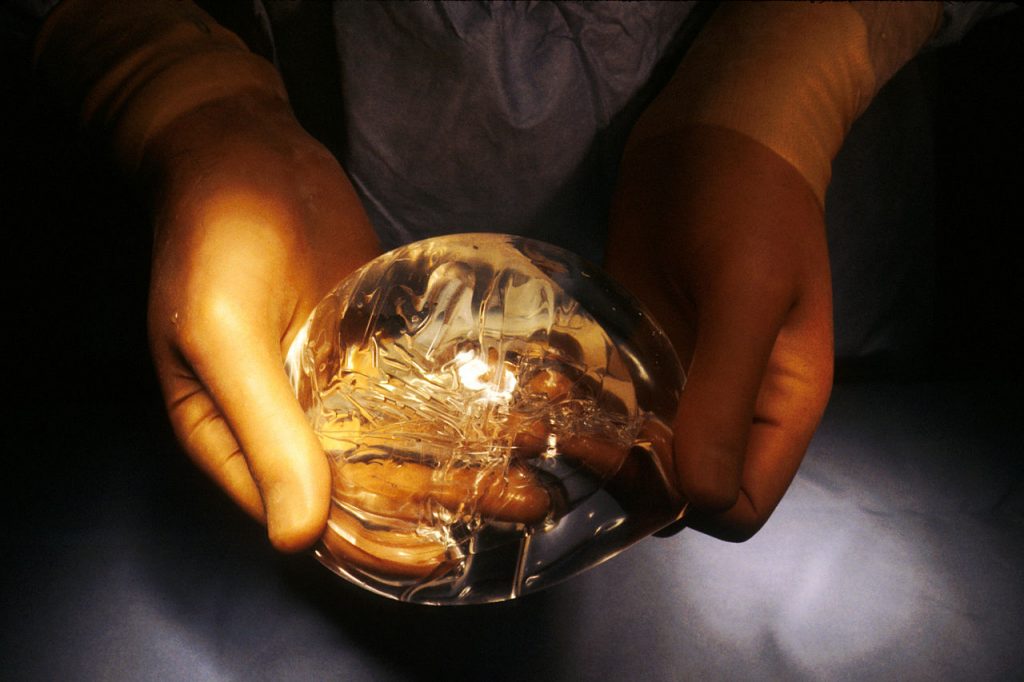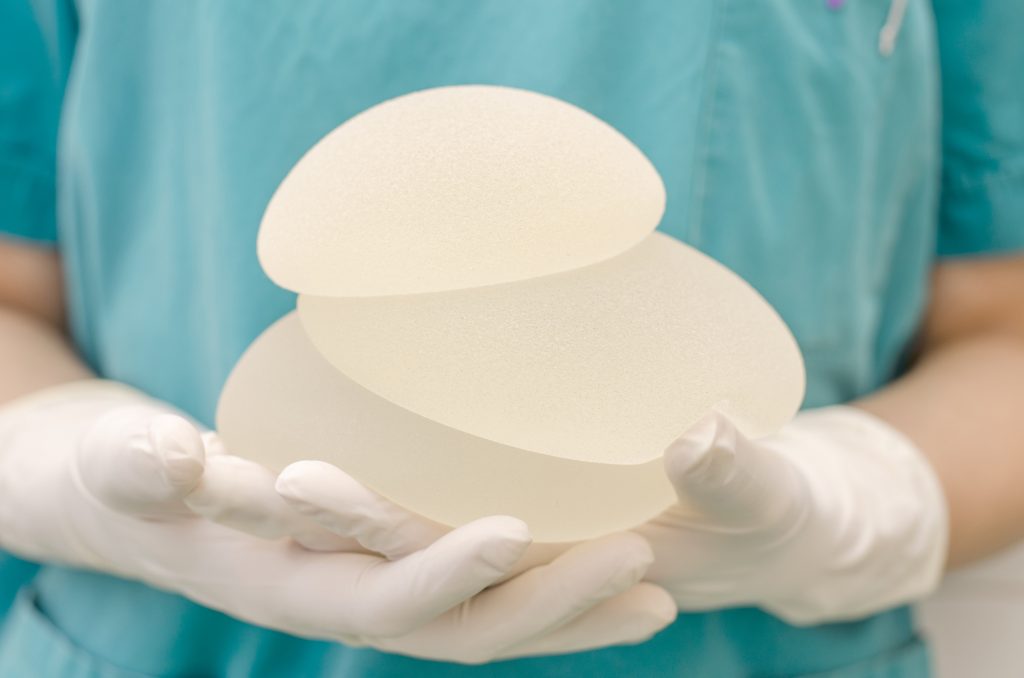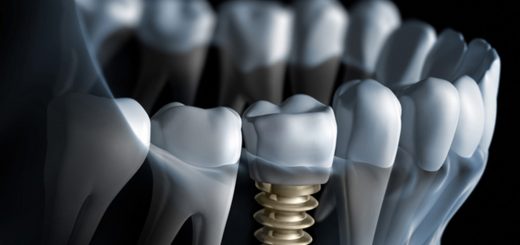Are There Any Health Risks Associated with Breast Enlargement?
There are two general types of breast implants available in the U.S. — saline and silicone gel. Both consist of a silicone outer shell; the difference is what’s inside the implants.
Which Breast Implants Are Safer?
According to the current research, there aren’t significant differences in the safety of silicone gel and saline implants. But each type of breast implant has its pros and cons.
Ruptures: Ruptures are a risk with either kind of breast implant. Ruptures might be caused by surgical error, a fall, or — very rarely — the pressure exerted on the breast during a mammogram. But the implications of a rupture are a little different for the two types.
Saline implant ruptures are easy to spot. The breast rapidly changes shape over days as the fluid leaks out. If a saline implant breaks, all that leaks out is saltwater. The saltwater is harmlessly absorbed into the body.
Silicone gel implant ruptures are more difficult to notice. When the implant breaks, the leaking silicone stays in the body. It can sometimes spread outside the breast and into distant lymph nodes. As unnerving as that sounds, studies haven’t found that this results in any increased risk of disease. Nonetheless, if a silicone gel implant ruptures, your doctor will probably recommend removing it and any loose silicone.

Aesthetic results: Many women and plastic surgeons prefer the look and feel of silicone breast implants. Silicone breast implants are generally considered to be more like real breast tissue. Saline implants are more prone to causing rippling of the skin.
Surgical differences: Saline implants are filled after they’re implanted, so saline implants require a smaller incision than pre-filled silicone gel breast implants. Also, many saline implants can be adjusted after surgery. Months later, a woman could decide to increase or decrease the size of her saline implants without surgery. The doctor can just use a syringe to put in more liquid or take it out. The size of standard prefilled silicone gel implants cannot be changed.
Keep in mind that your doctor may have a strong recommendation for one type of breast implant over another. Certain things, like your body type or the current size of your breasts, might make one type of implant better for you.
What Are the Risks with Breast Implants?
While studies have not found evidence that breast implants, either silicone gel or saline, are connected with serious disease, there are still risks. Here are some of the breast implant safety issues that you need to consider.
The need for further surgeries: Over time, breast implants wear out and need to be replaced. How long do breast implants last? There’s no definitive answer. In general, rupture becomes more likely as breast implants age. The FDA estimates that breast implants should last at least ten years. Studies have shown that some breast implants last much longer than that and others much less.
Rupture isn’t the only problem that requires surgery. Over time, breast implants can change shape. One breast might start to look very different from the other. Sometimes, the tissue around the implant hardens, a condition called capsular contracture. Surgery is the only way to fix capsular contracture.
If you get breast implants and want to maintain your breast size and shape for the rest of your life, you should be prepared to have several additional surgeries. The surgery to replace an implant is not as involved as the original procedure. However, the risk of complications is higher. In addition, insurance rarely pays for these revision surgeries.
Associated health problems: Some studies have found associations between breast implants and certain health conditions. Disturbingly, several studies have found an increased risk of alcoholism, drug abuse, and suicide in women with breast implants. However, experts generally don’t think that the breast implants are the cause of these problems. Instead, they suspect that a small minority of women who get breast implants also have underlying psychological problems that can lead to substance abuse or suicide. If you’re concerned, discuss the issue with your doctor.
Other issues: Some studies suggest that breast implants can make breastfeeding more difficult or impossible. They may prevent a woman from producing milk. Breast implants can also interfere with the accuracy of mammograms that screen for breast cancer.

Choosing Breast Implants
Deciding whether to get breast implants — either for reconstruction or augmentation — is not easy. There are a lot of things you must weigh.
Keep in mind that studies show that most of the 300,000 women who get breast implants each year are satisfied with them. While many women are still concerned about long-term health risks, research has generally not found an association between breast implants and serious disease.
Perhaps the most important thing is to develop realistic expectations. Find a doctor you really trust and can talk frankly and openly with. Make sure that you understand the risks of breast implants. Make sure you understand the best- and worst-case scenarios. The more you know, the more confident you’ll feel in your decision.



